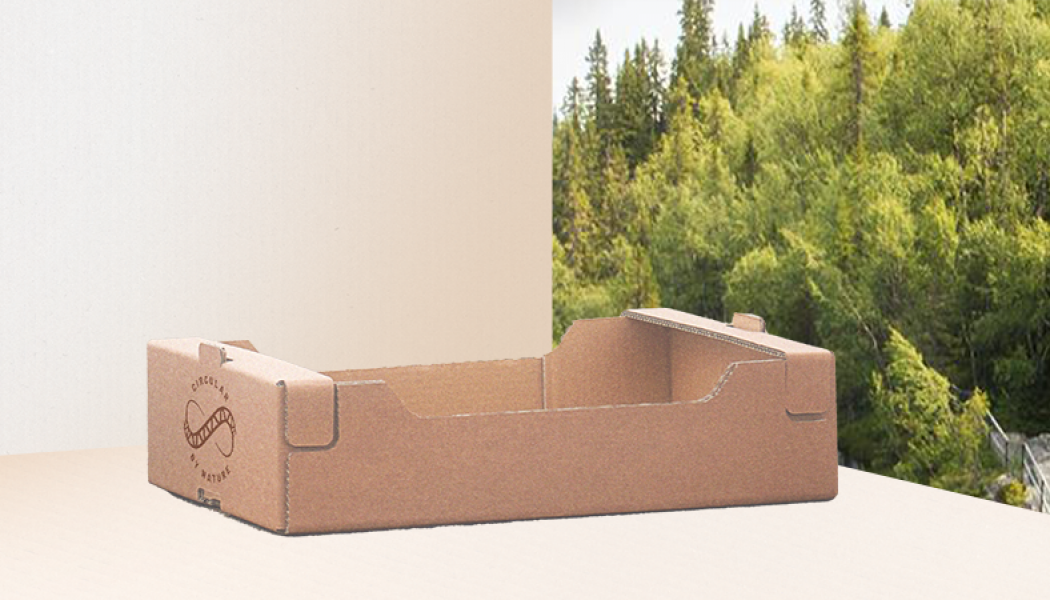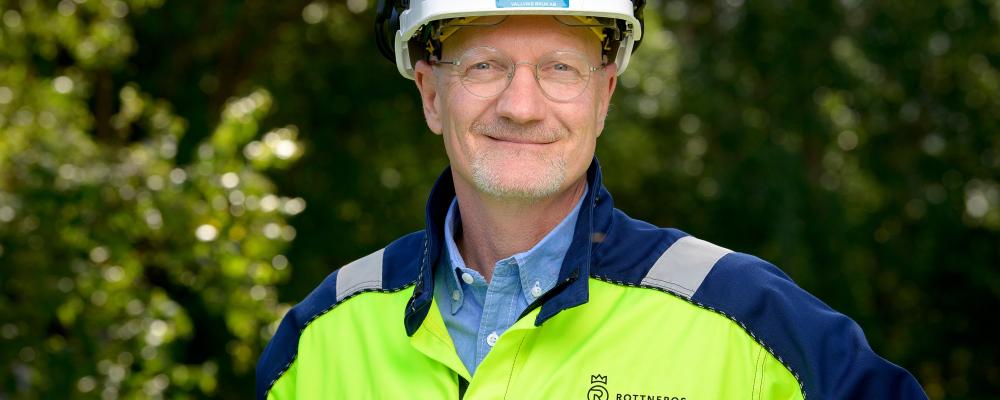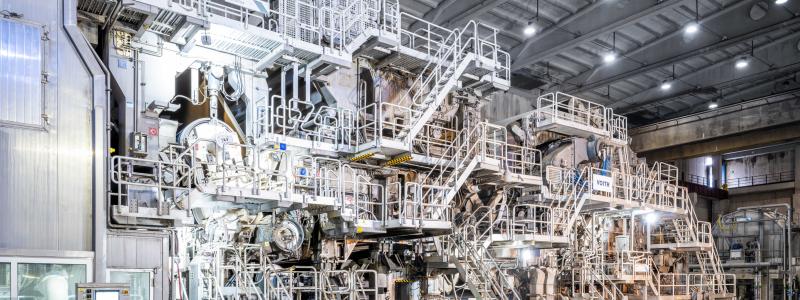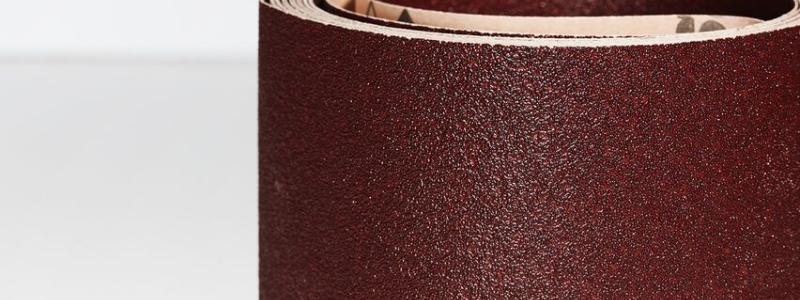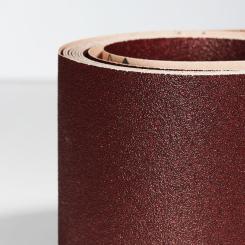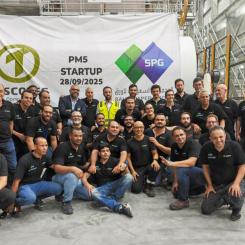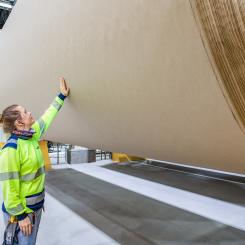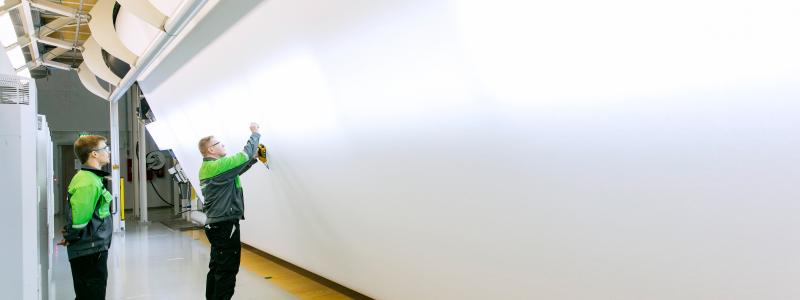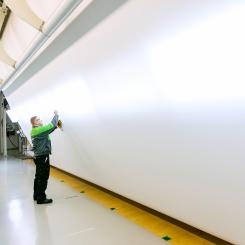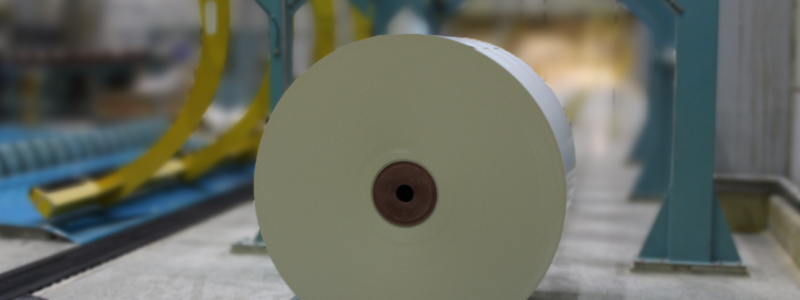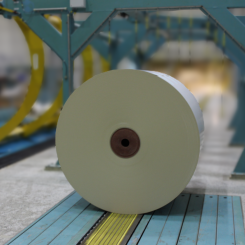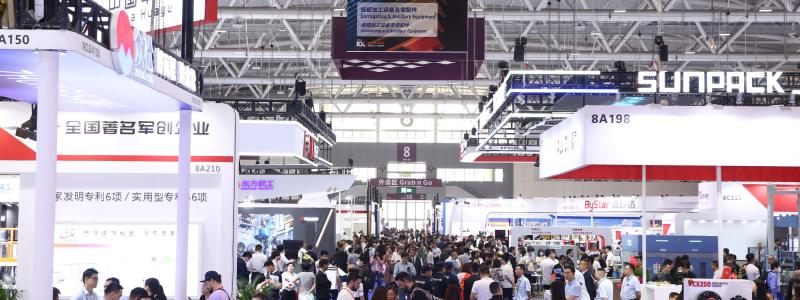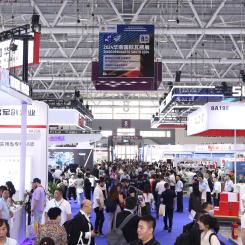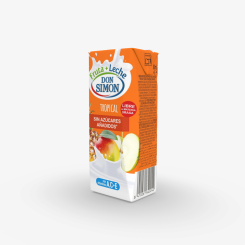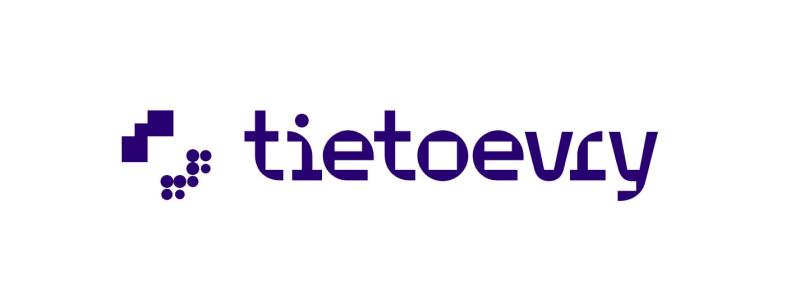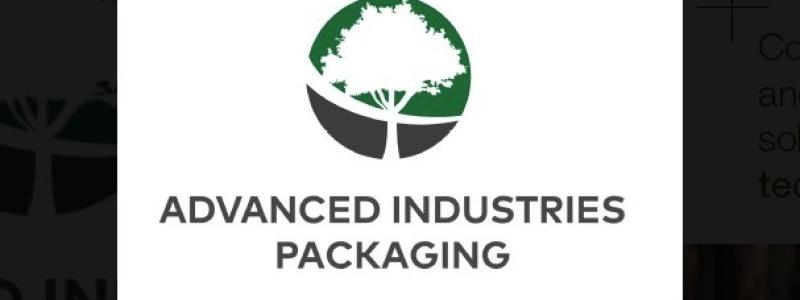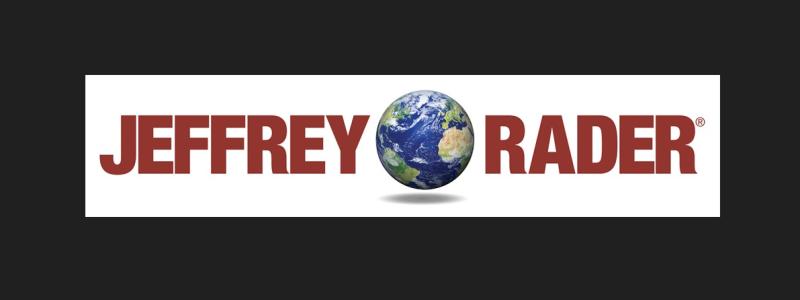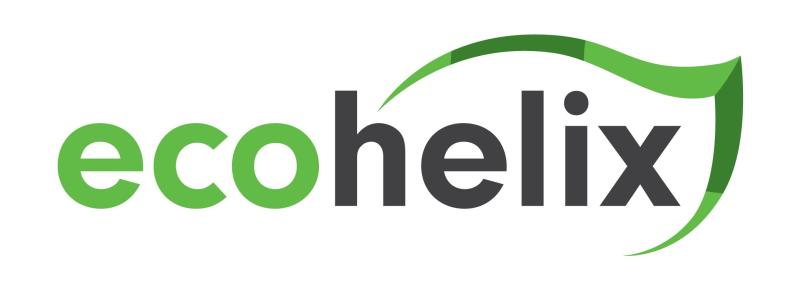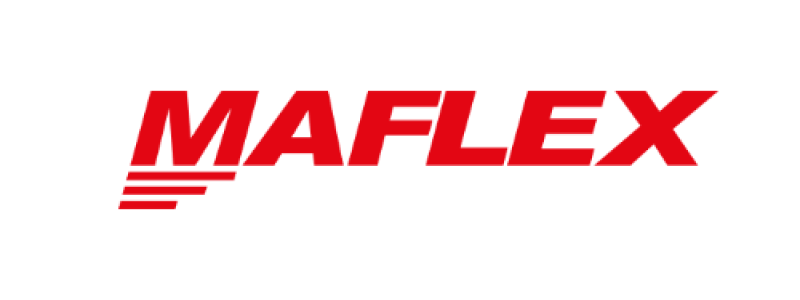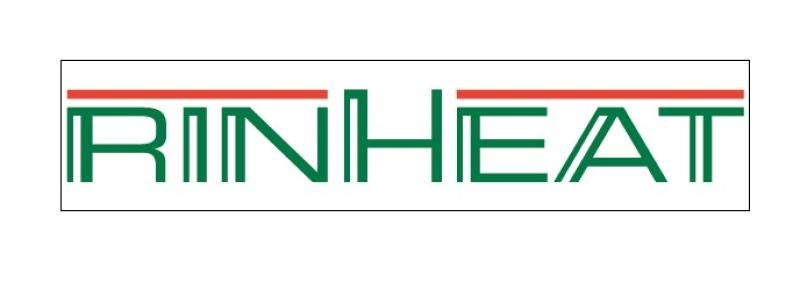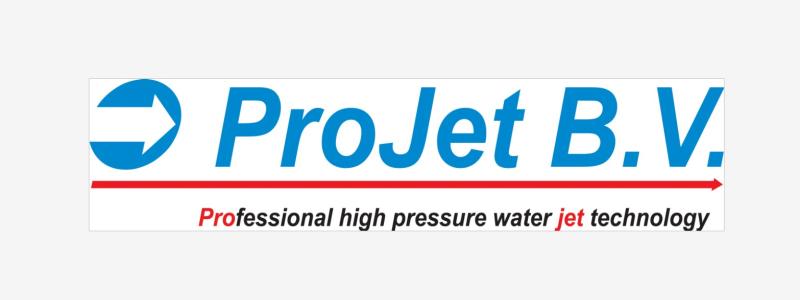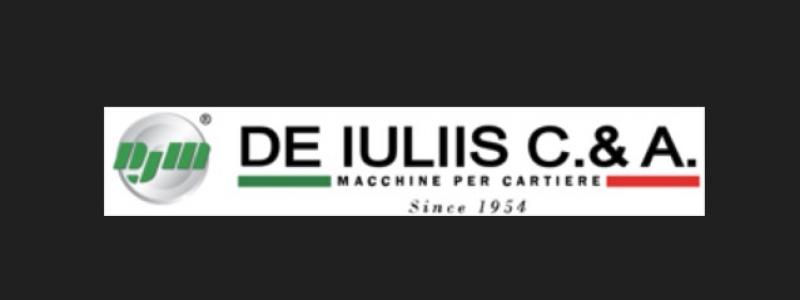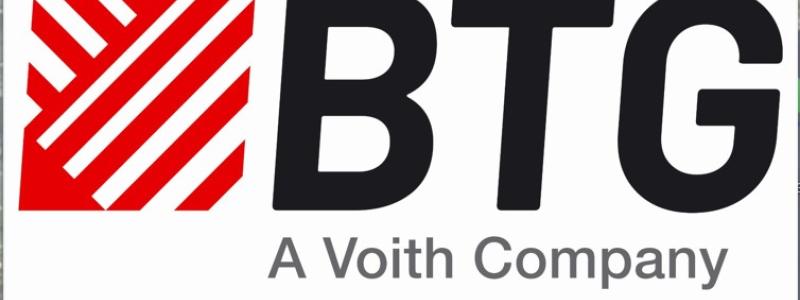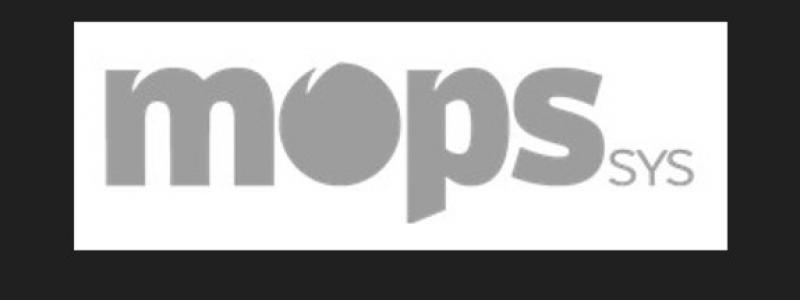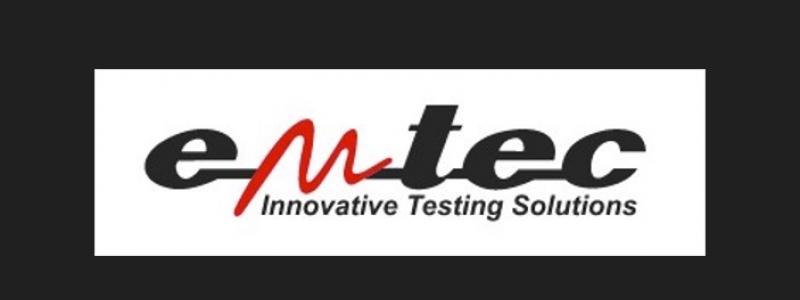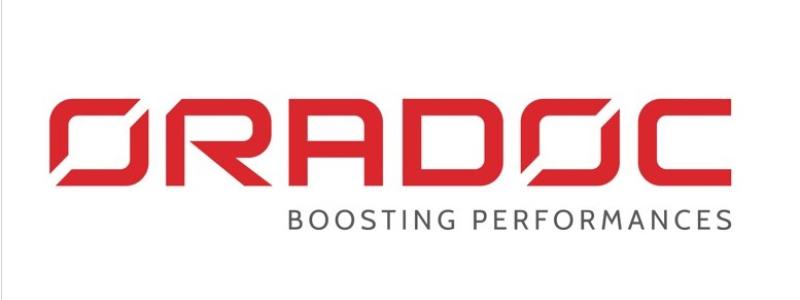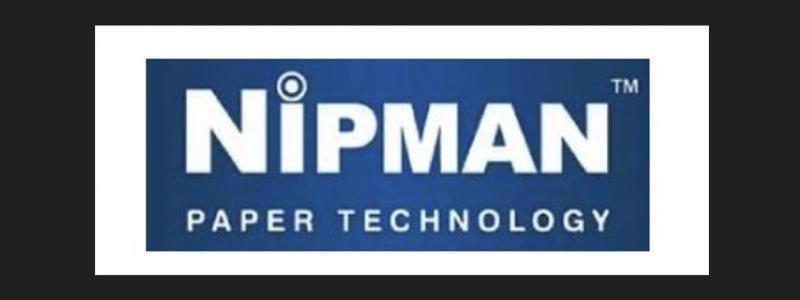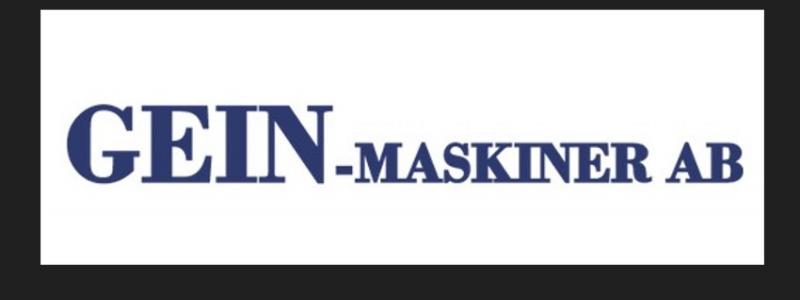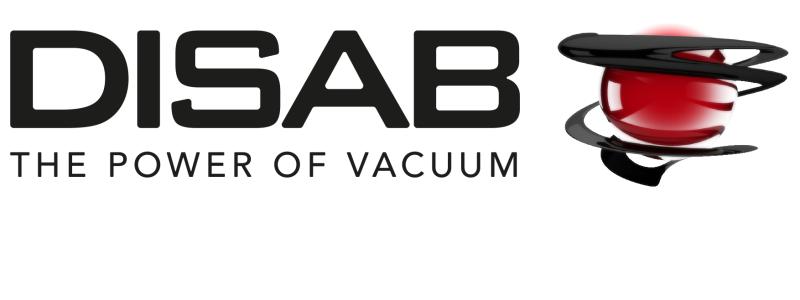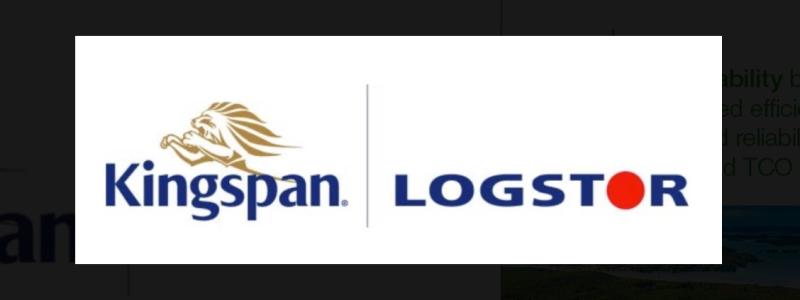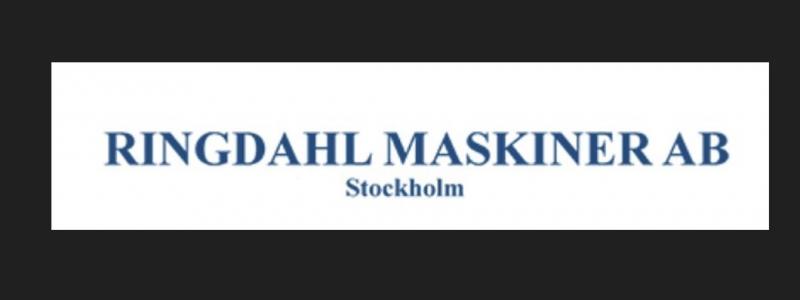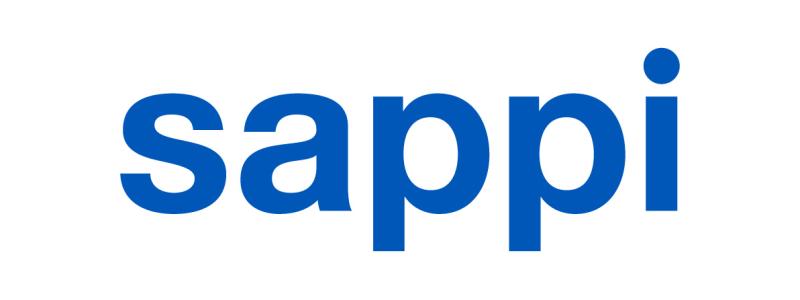As the European Commission prepares to publish the revision of the packaging and packaging waste legislation, the European Federation of Corrugated Board Manufacturers (FEFCO) has released a series of three scientific studies comparing recyclable and reusable packaging solutions. The studies highlight the essential role of sustainable packaging in the context of the EU Green Deal, finding that recycled packaging often offers better protection for the environment than reuse and concluding that packaging solutions should be selected on a case-by-case basis.
In recent years, there has been a noticeable drive to increase packaging reuse as it is has become considered the greenest option. The FEFCO projects assessed the environmental impact of recyclable and reusable packaging across different markets and packaging applications. The studies consist of a comparative life cycle assessment on the transport of fresh fruits and vegetables, a hot-spot analysis of the e-commerce value chain and a white paper offering a critical view on packaging recycling and reuse in the European Circular Economy. They were conducted by an independent consultancy and a research institute and peer-reviewed by a panel of three independent experts.
The life-cycle assessment (LCA) compared the transport of one ton of fresh fruits and vegetables travelling over a distance of 840km using recyclable corrugated boxes or reusable plastic crates (RPCs). Fifteen environmental footprint impact categories were evaluated for each of the packaging solutions using established databases, industry data and existing scientific literature. The study was conducted according to ISO 14040 and ISO 14044 standards.
The LCA revealed that recyclable corrugated packaging outperforms reusable plastic crates in ten of the fifteen impact categories. For the Climate Change category, the corrugated box’s impact is 28% lower than that of the reusable plastic. The study also found that reusable plastic would need to complete at least 63 rotations in order to perform better than corrugated boxes. The sensitivity analysis, which evaluated the environmental impact of the packaging once parameters were changed across different scenarios, showed similar results, with corrugated performing better in 13 of 14 scenarios.
The hot-spot analysis focused on the delivery of small personal items in Europe via the e-commerce supply chain. Using 48 existing scientific studies, the analysis identified the life cycle stages, or ‘hot-spots’, that account for most of the packaging’s environmental impact.
The number one hot-spot identified was the real number of uses for multiple use solutions, which proves difficult to ascertain since official data on this is largely unavailable. Essentially, achieving the highest possible number of rotations is the key factor for reusable packaging to reduce its impact on the environment.
A second key life cycle stage has to do with logistics parameters, such as storage and the transport distance. The complexity of e-commerce supply chains is not yet fully understood, meaning that their potential environmental impact is often higher than anticipated. The third highest ranked hot-spot is the percentage of recycled material used in packaging. Unfortunately, and similarly to the first hot-spot, detailed data on the recycled content of reusable plastic packaging remains inaccessible.
The third and final study of the project provided a comprehensive review of the packaging recycling versus reuse debate. The white paper stresses the importance of packaging functionality while improving its sustainability. The best way to ensure this is to introduce the concept of ‘fit for purpose’ packaging for all materials.
The paper also concludes that both recyclable and reusable packaging solutions should increasingly be considered from a sustainability perspective and less from a waste prevention perspective, suggesting that the existing waste hierarchy be altered to better reflect life cycle thinking. Existing studies identified that there is no obvious best choice when selecting between recyclable and reusable packaging solutions as results vary significantly on a case-by-case basis.
The upcoming Packaging and Packaging Waste Directive should support industry through the green transition to make packaging more sustainable and circular. To achieve a credible and realistic revision of this legislation, the targets and measures set must be based on scientific evidence to ensure that each packaging application is best suited to protect the product and the environment.
By: Fefco




